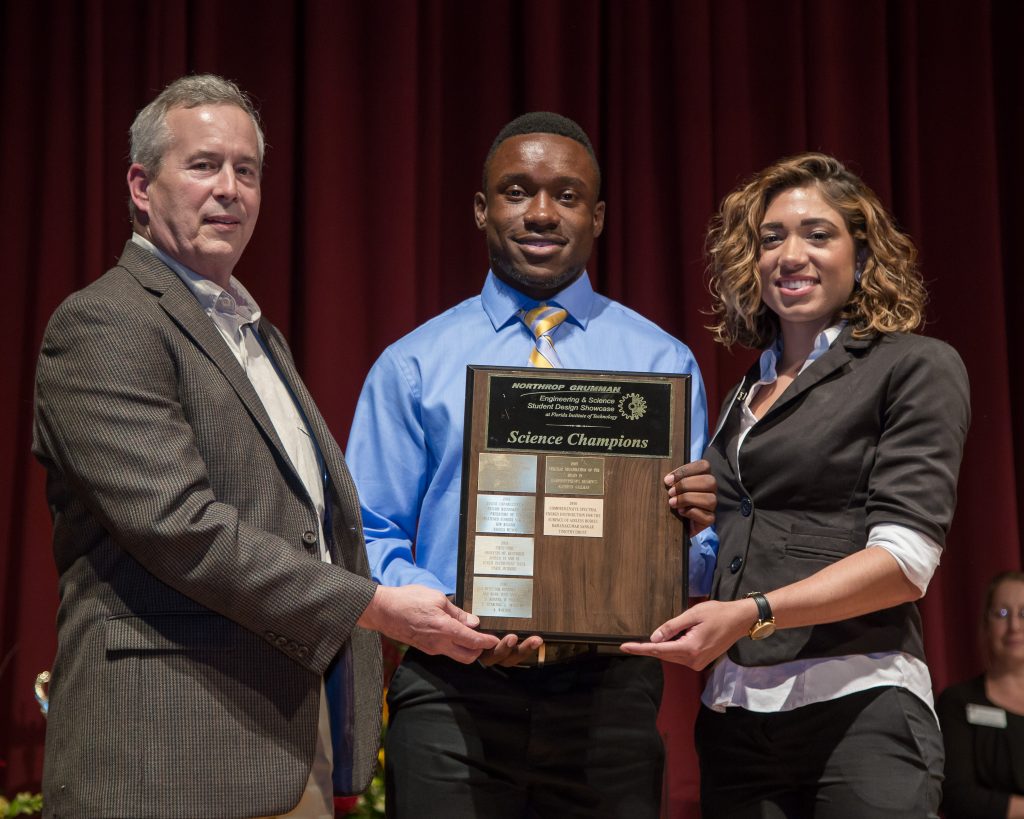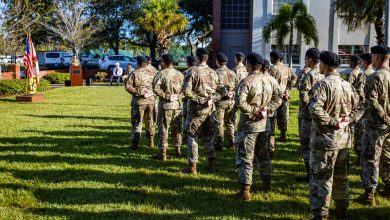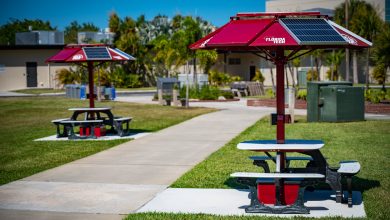Students use data-mining for melanoma research
Thanks to our sunny skies and outdoor lifestyle, Floridians are keen on taking skin cancer seriously. Enter melanoma research.
“Living in the sunshine state, melanoma skin cancer is a concern for us, especially since it accounts for about 75-percent of all skin cancer deaths,” said biological sciences student Alexia Pearah. “I personally know people affected by this cancer.”
Inspiration to Tackle Melanoma Research
With the inspiration to tackle melanoma research, Pearah and fellow biological sciences major, Nicardo Cameron, focused their student design project on creating a melanoma gene analysis database and modeling application.
“With the levels of melanoma diagnosis set to increase in the coming years, I felt compelled to pursue this project in an attempt to possibly find an alternative treatment option,” said Cameron.
Their project known as, Pattern Recognition Applied to a Cancer Database and COPASI Modeling for Melanoma Gene Analysis, centered on the use of computation algorithms, or data mining, in an attempt to find better treatment options for melanoma.
“Even though many treatment options exist for melanoma, they are not that effective- even with combination therapy. If more effective drug therapies can be identified to target genes associated with melanoma progression then we’ll likely see a reduction in the cases of cancer across the globe,” said Pearah.
Gathering data from the Cancer Cell Line Encyclopedia, the students identified the top 15 genes associated with melanoma progression. Armed with this information, they were able to identity clusters of melanoma tumor cells, analyze their drug sensitivity and modeled the molecules involved in melanoma progression.
“So essentially, we analyzed these genes to see how they drive melanoma progression as well as try to examine their responsiveness to various chemotherapy agents to find better treatment options for melanoma,” Cameron said.
Important Melanoma Research Discovery
TBC1D16 might not mean much to the average person, but no to Cameron and Pearah “it’s pretty exciting.”
“TBC1D16 was pretty interesting because we had little knowledge regarding this gene and thus our approach in the near future is to observe the expression of this gene and possibly see how it reacts to known chemotherapeutic drugs in the lab,” Cameron said.
Additionally they found that different tumor cell line clusters, even those with the same mutation, had completely different sensitivity to the drugs. They hypothesize that the genes they identified also play a role in determining how tumor cell lines respond to various drug treatments.
An Award Winning Experience
Pearah and Cameron’s student design project now has them thinking about the future and how to use this experience to propel their careers. .
“This experience has heightened my passion for medicine,” Cameron said. “I’ve learned to think critically and creatively, skills I will need for my career as well as throughout life.”
Pearah plans to go to medical school and this experience has only served to solidify her resolve. “This research has made me want to be a physician scientist in oncology which is something I never had considered before,” Pearah said.
Their work not only invigorated their future plans, but must have also gotten the judges at the 2017 Northrop Grumman Engineering & Science Student Design Showcase pretty excited as well. The team took home the Northrop Grumman Award Best in Show for the College of Science.

%CODE1STUDENTDESIGNWEBSITE%





